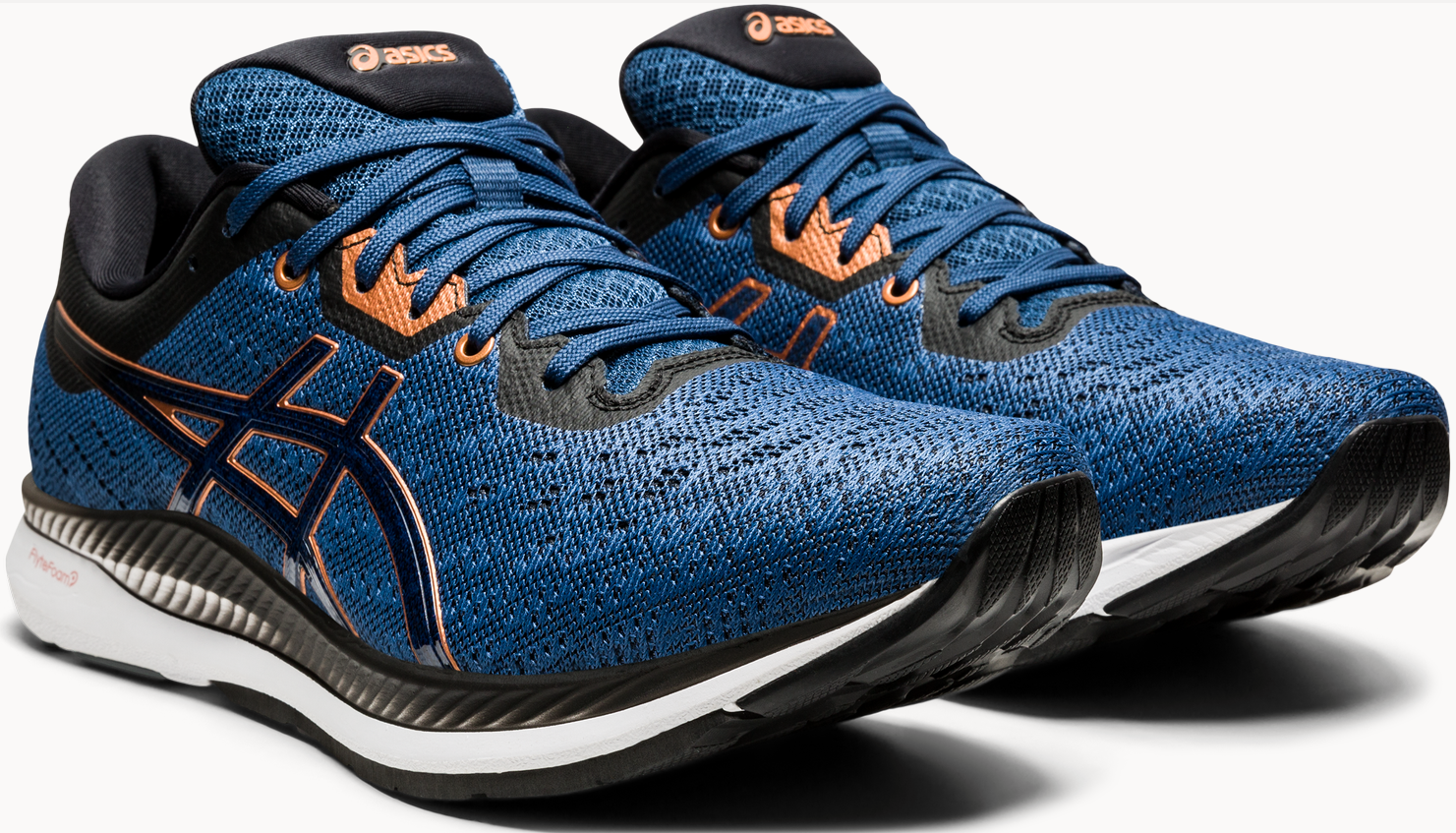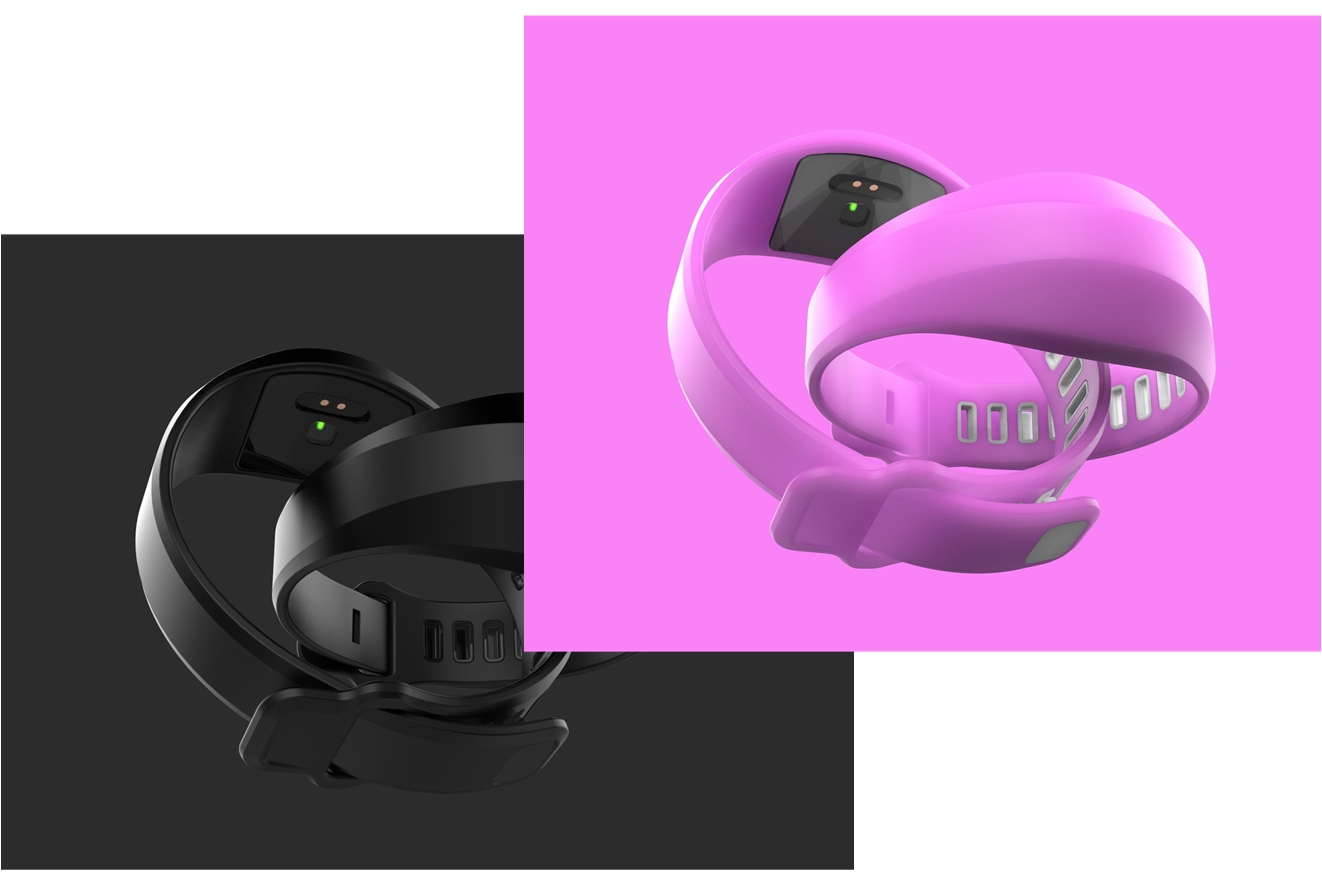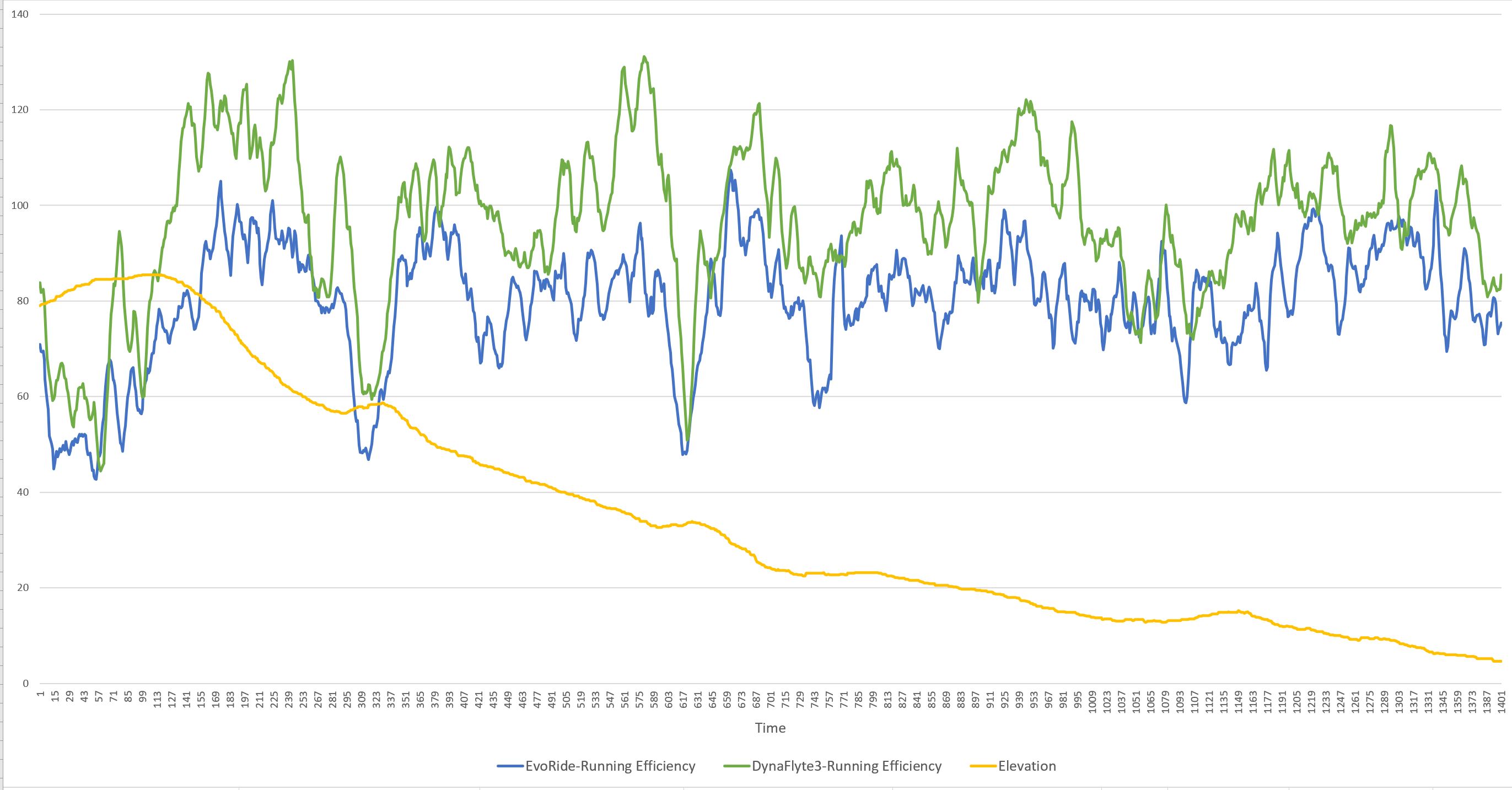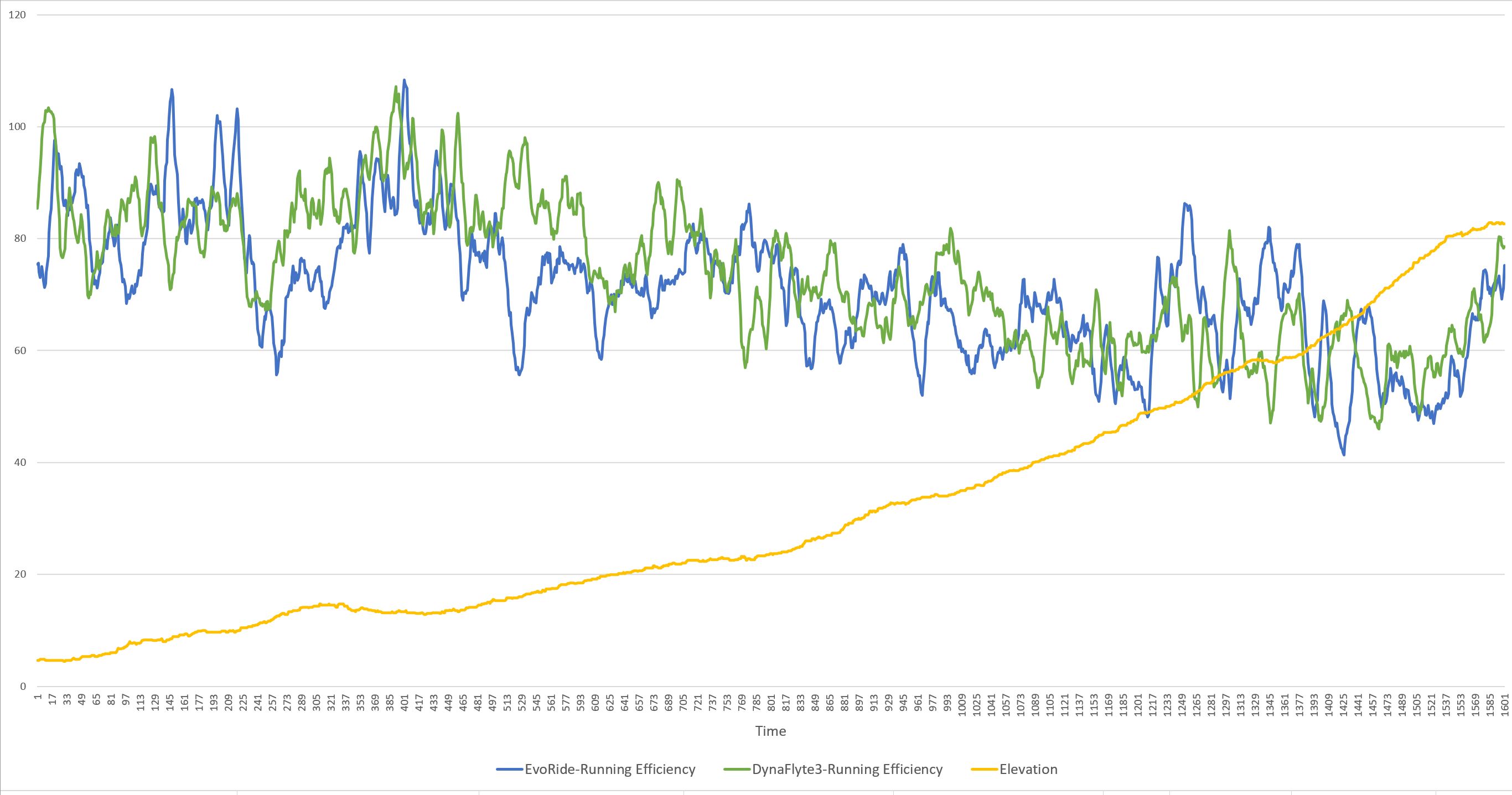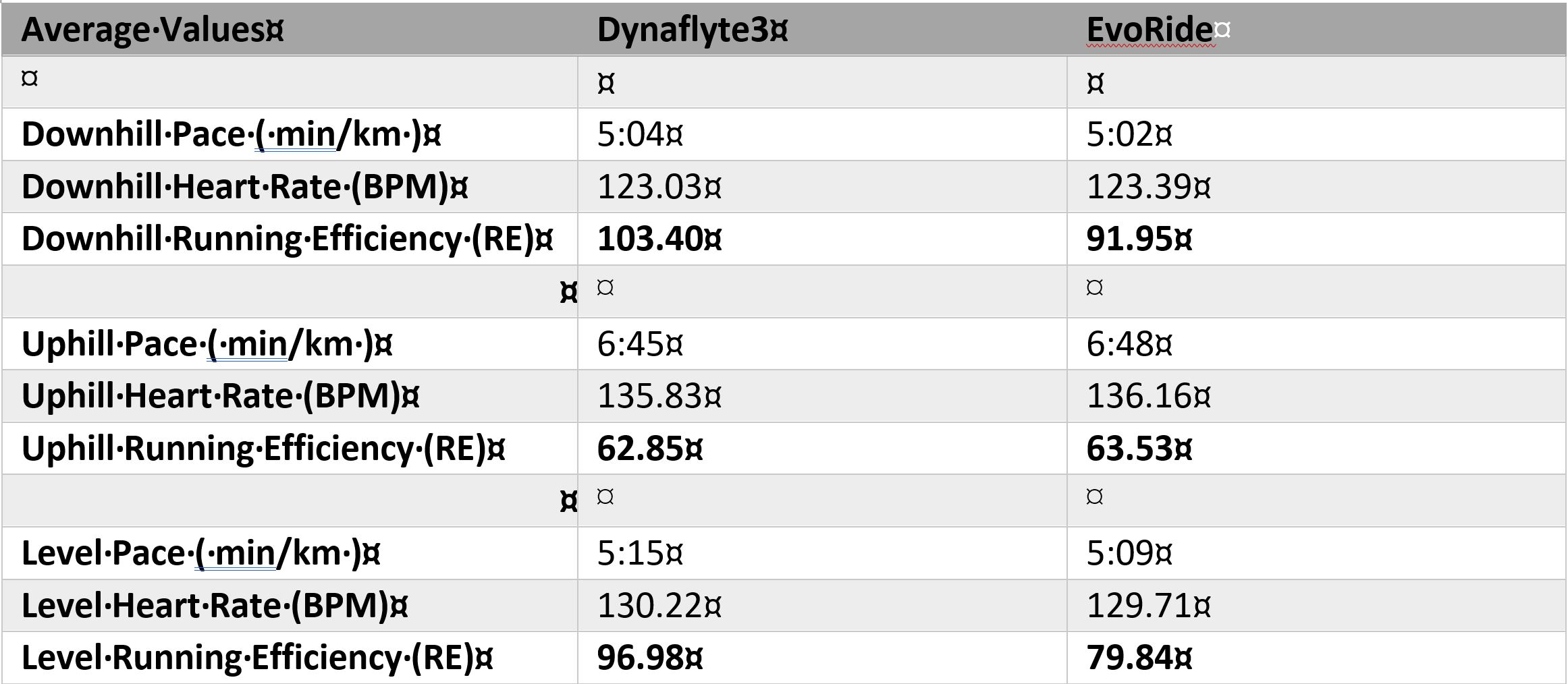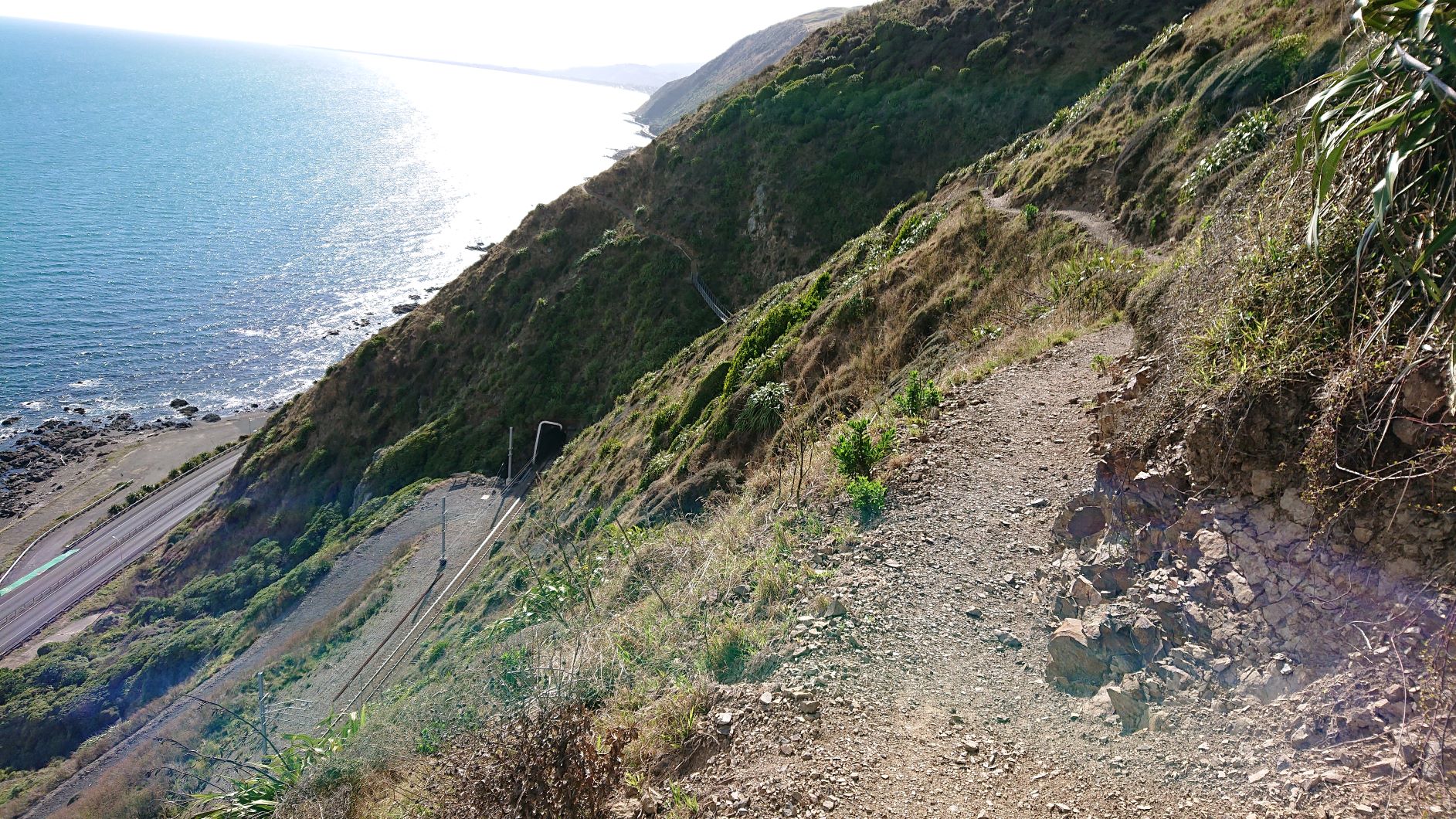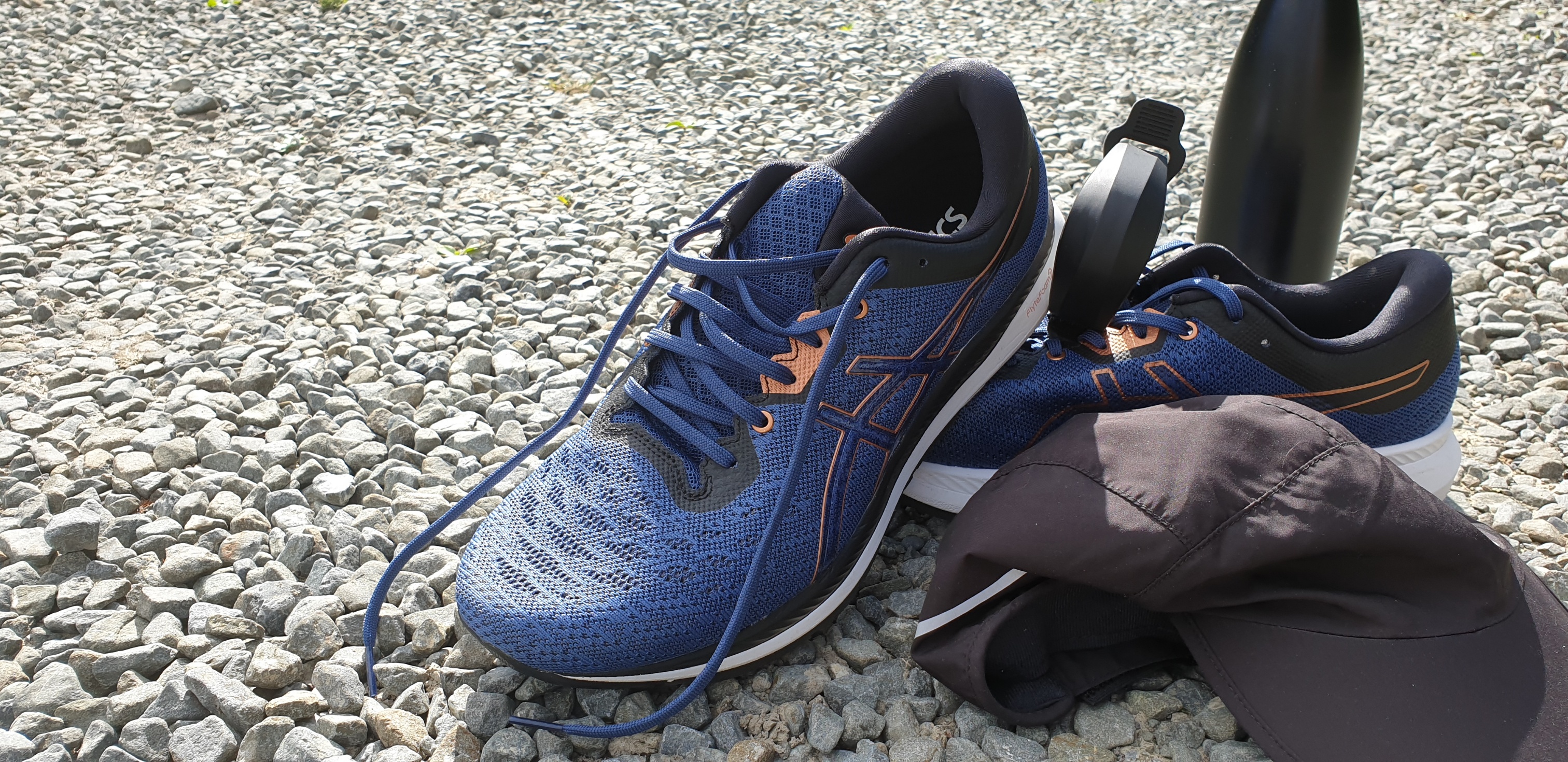

Does the new ASICS EVORIDE improve Running Efficiency ?
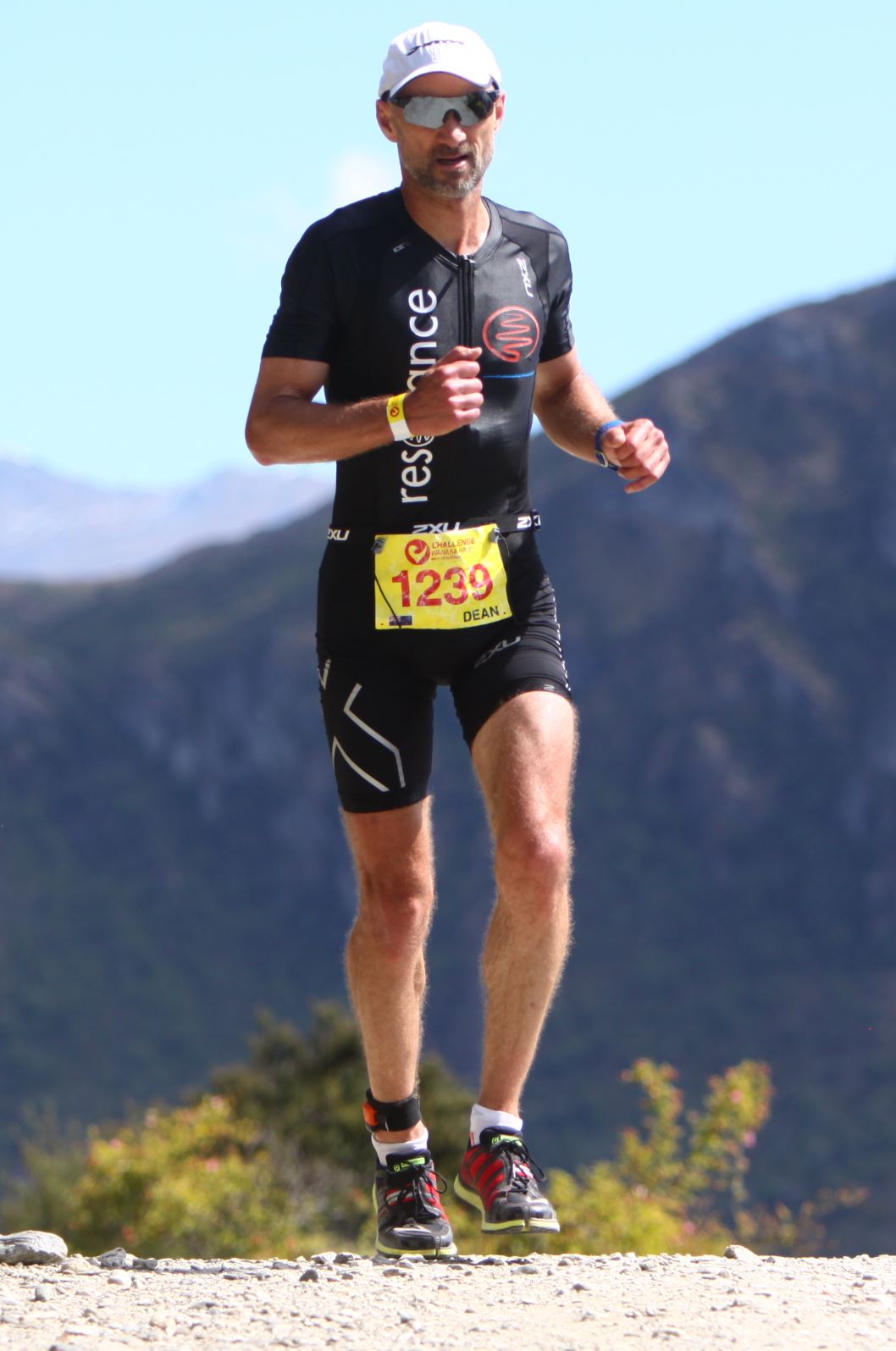
Written by Dean Whiteman
The ASICS GUIDESOLE based shoes have been scientifically evaluated to provide better running efficiency for runners but what does this mean in the real world. We use the runVIBE running efficiency sensor to discover if the new GUIDESOLE based EVORIDE is indeed an improvement over previous ASICS models.
Late last year ASICS released several new shoes based on their “GUIDESOLE” curved midsole, rocker technology. As can be seen from the picture “GUIDESOLE” provides increased curvature of the front part of the shoe and this portion is also much stiffer than is typical. This is proposed to support the runner to “roll off” their foot with less effort when taking a step.
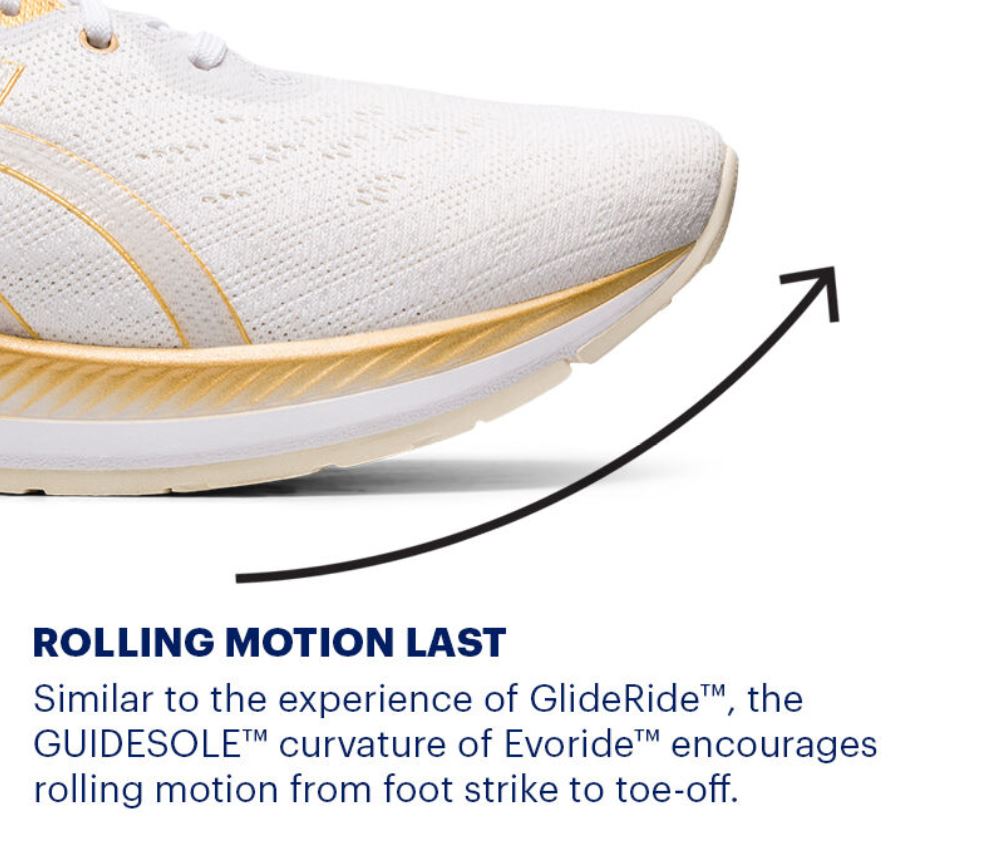
This technology has the potential to allow a runner to expend less energy when running at any given speed, enabling faster times for any given distance. ASICS has provided several pieces of research which support the reduced energy expenditure when using shoes with this technology.
This included a multi-athlete running test they dubbed the “Eternal Run”, a race without a finish line. Athletes of varying abilities were invited to the Bonneville Salt Flats in the USA and competed against themselves to see how far they could run keeping to their own optimal pace. The end results of this testing provided evidence of increased efficiency for the runners as they were able to run further than predicted when using the GUIDESOLE based shoes – but can this be validated using a sensor that measures running efficiency in a real world situation ?

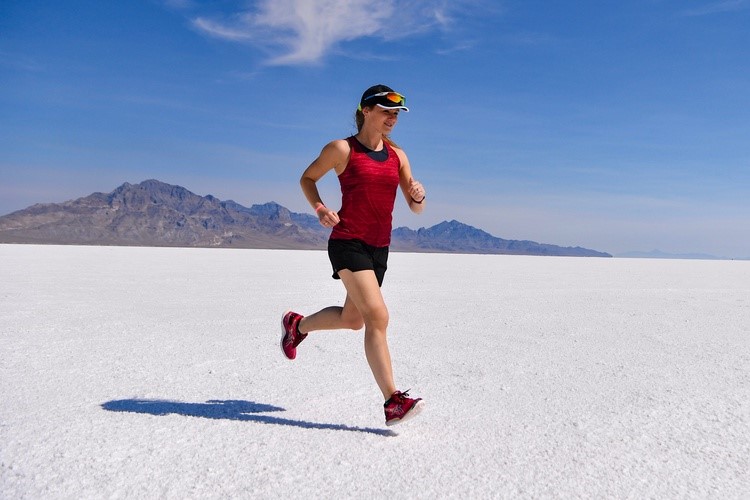
Running efficiency and how to measure it
Running efficiency ( sometimes called running economy) is typically defined as “the energy demand for a given velocity which is performed at an aerobic pace”
Running efficiency is important because “Motion with good running economy/efficiency will use LESS ENERGY than motion with poor running economy/efficiency at the same running speeds.” This means you can run FASTER and FURTHER for the same effort.
We used the new runVIBE running efficiency sensor to enable measurement of running efficiency across multiple runs in real world conditions. runVIBE measures the following metrics in real time and mathematically computes a running efficiency metric –
- Your peak running speed during a step.
- The braking\collisional forces at foot contact, which comprise your horizontal and vertical movement as your foot hits the ground.
- The time your foot spends on the ground, also known as ground contact time.
A LOWER running efficiency value represents a BETTER result, as this means less energy is being used by the runner.
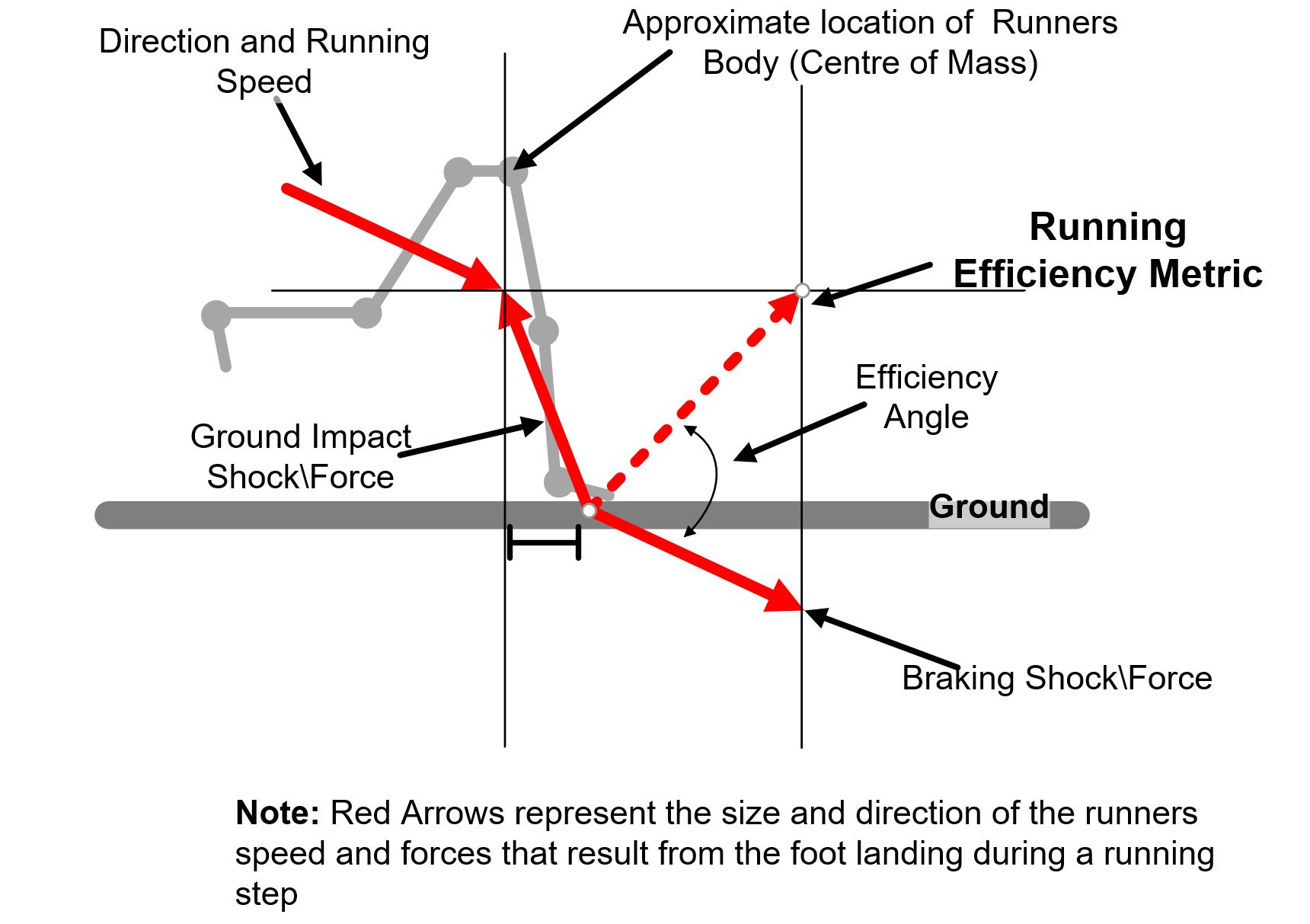
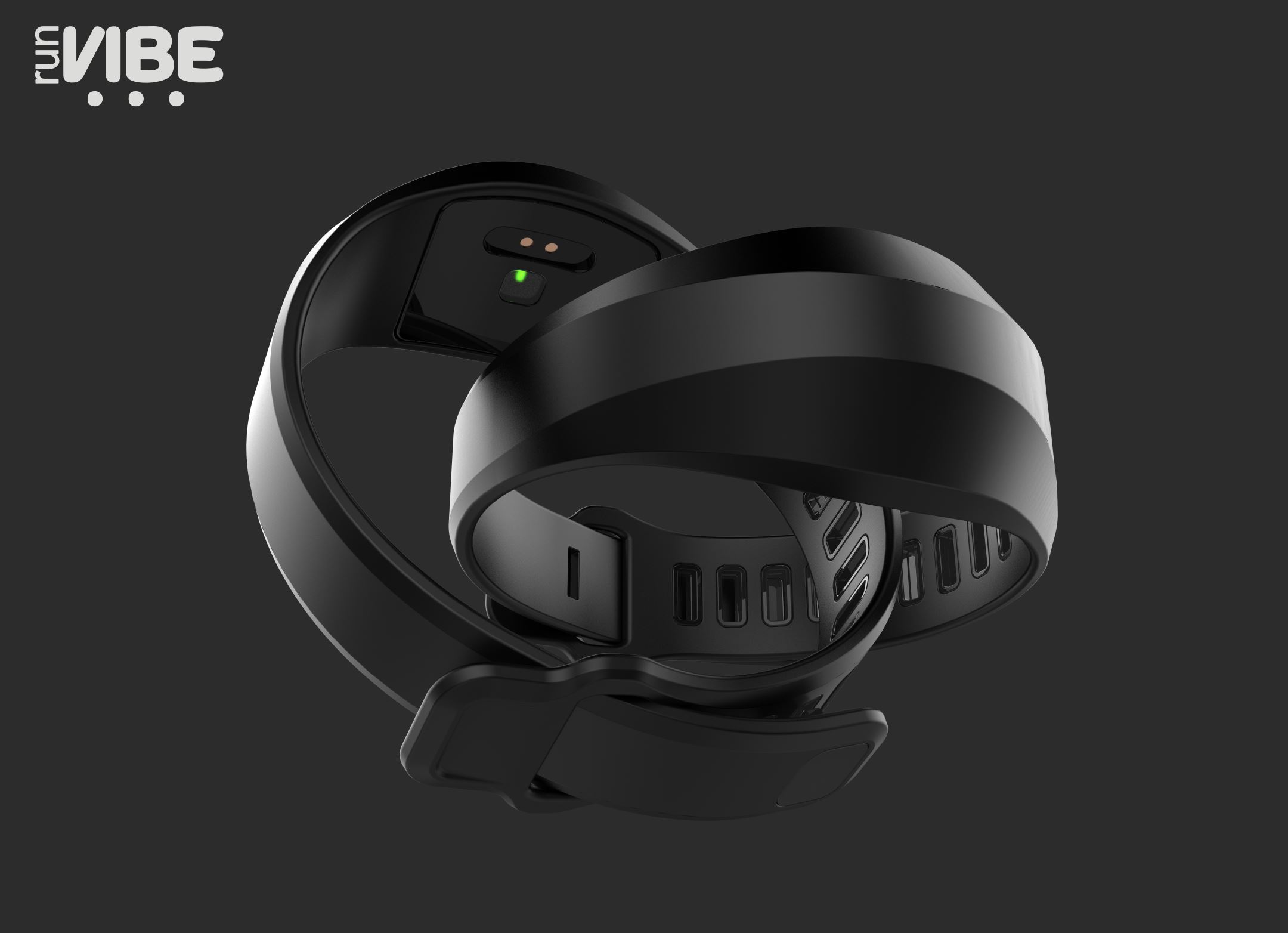
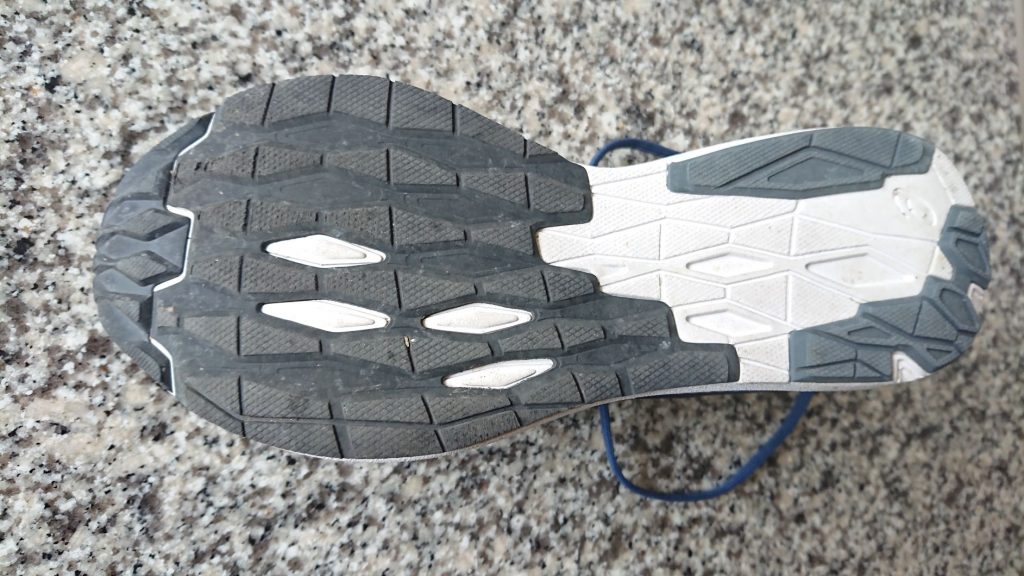
EVORIDE Outsole
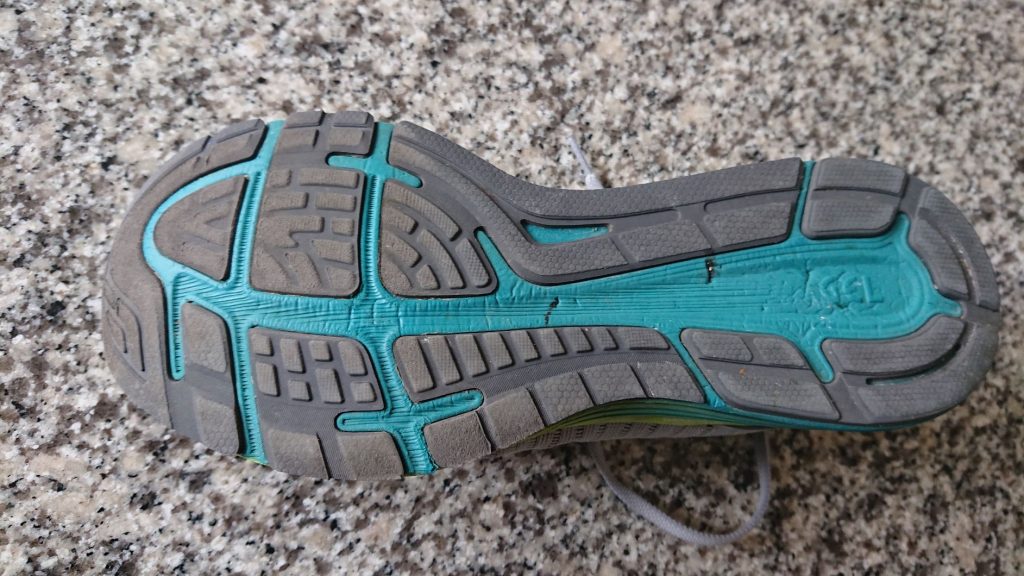
The Shoe Comparison
The new ASICS EVORIDE, which feature the GUIDESOLE technology will be compared with the previous ASICS model the Dynaflyte3.
I have run in the Dynaflyte 3 for much of the previous year and have found this shoe extremely effective for my running style. I am a fore-foot\mid-foot runner typically and prefer lower drop shoes such as the Dynaflyte Three.
These two shoes are very similar, in materials and construction with the key functional difference being the GUIDESOLE technology in the EVORIDE. As I have been using the Dynaflyte 3 prior to this test, it will provide a baseline shoe for determining any improvements to running efficiency in the results when using the EVORIDE with GUIDESOLE technology.
The Test Methodology
To determine if any differences in running efficiency could be observed through using the EVORIDE, I ran a total of twelve 10Km runs over a period of six weeks, on the same course. I ran consecutive days each week in each shoe and captured the results.
The Course was an out and back run on ash felt, with an ascent\descent of approximately 100 metres.
To minimise physiological differences I ran these runs on the same days of the week at the same times and maintained a heart rate at my aerobic maximum based on the MAF method ( see Phil Maffetone – https://philmaffetone.com/180-formula/ )
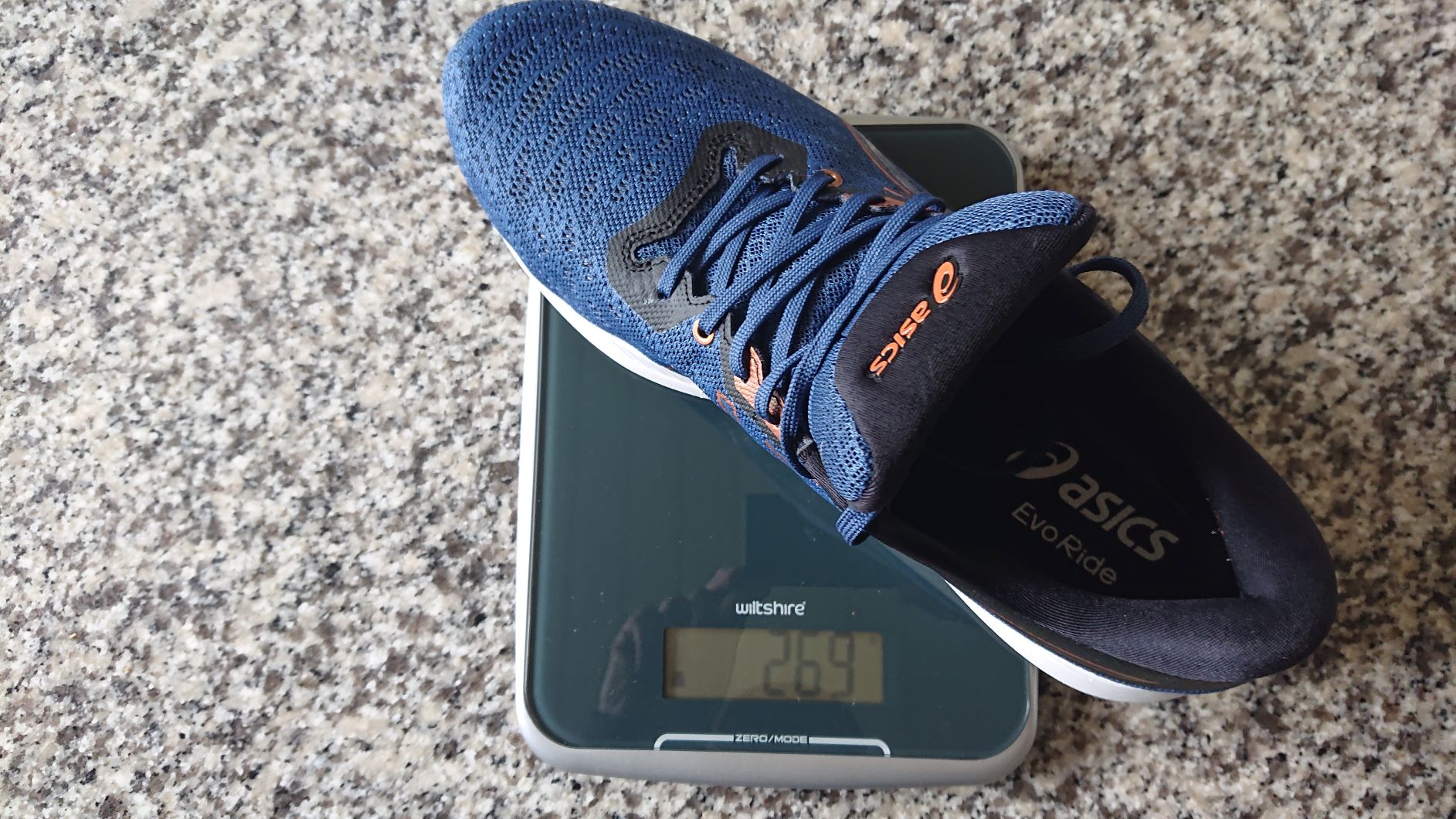
EVORIDE on the scales
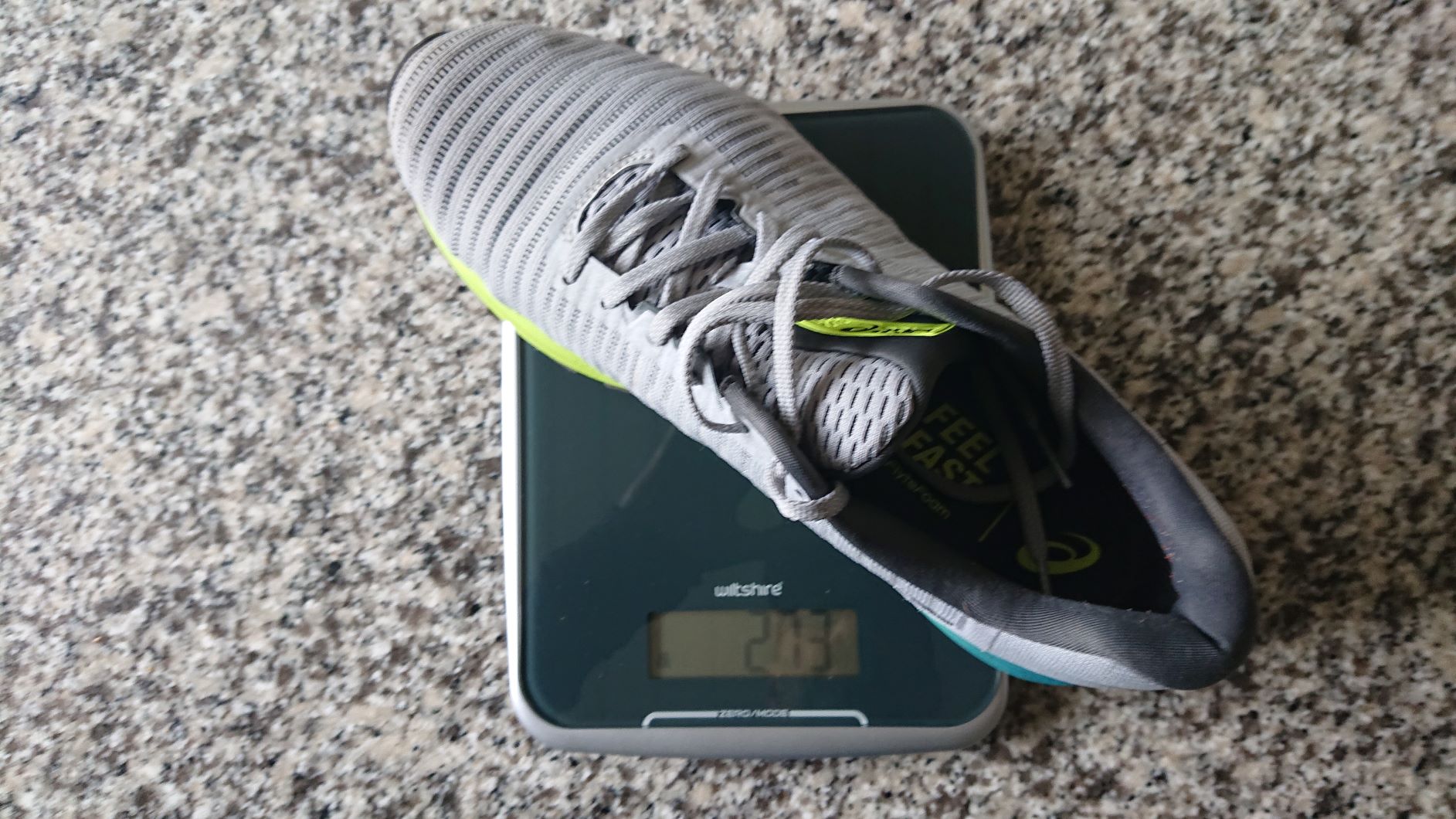
DYNAFLYTE 3 on the scales
The Test Course Elevation Profile

Across the whole course, on average the EVORIDE recorded a 10.84% improvement in running economy
Summary Graph for 0-5KM test run distance
Summary Graph for 5KM–10KM test run distance
The Results
NOTE: LOWER values reflect BETTER running efficiency.
As can be seen in the summary charts on the left , the EVORIDE ( blue line) trended below the DYNAFLYTE 3 ( green line), LOWER values representing a BETTER running efficiency value.
The table on the right summarises the average values for a representative 60 second period of running on downhill, uphill and level terrain profiles.
The EVORIDE recorded better running efficiency (a lower value) for both downhill ( 11.08% improvement) and level running (17.68% improvement) while exhibiting slightly worse for uphill running (1.08% worse).
Across the whole course, on average the EVORIDE recorded a 10.84% improvement in running economy across all twelve runs.
In real terms this this was reflected in an average 28 second time improvement for the 10Km run with less energy expenditure (approx. 730 cal vs 750 cal).
Uphill running did not show a significant difference in running efficiency between the shoes. This may have been due to the rocker working against the runner with the positive incline of the ground and further research will be required to confirm this hypothesis.
ASICS EVORIDE – Running Efficiency Summary
The results show that the EVORIDE represents a significant improvement in biomechanical efficiency over the older model of ASICS shoe. The EVORIDE provided a 10% running efficiency improvement over the older ASICS model and the runs were typically completed faster with less effort.
Any athlete who is interested in providing the best platform to achieve their goals should consider a shoe with ASICS GUIDESOLE or equivalent technology – what’s not to like about free speed and endurance.
Personally I found the EVORIDE a light, comfortable shoe that fit well and felt fast every time I was out running.
While this test consisted only one athlete, for anybody that runs with a fore-foot or mid-foot running technique, I would expect that similar results would be observed. My feelings are that heel strikers may find even more gains with using a shoe with ASICS GUIDESOLE type technology, due to the easier transition in moving from heel strike to toe-off.
